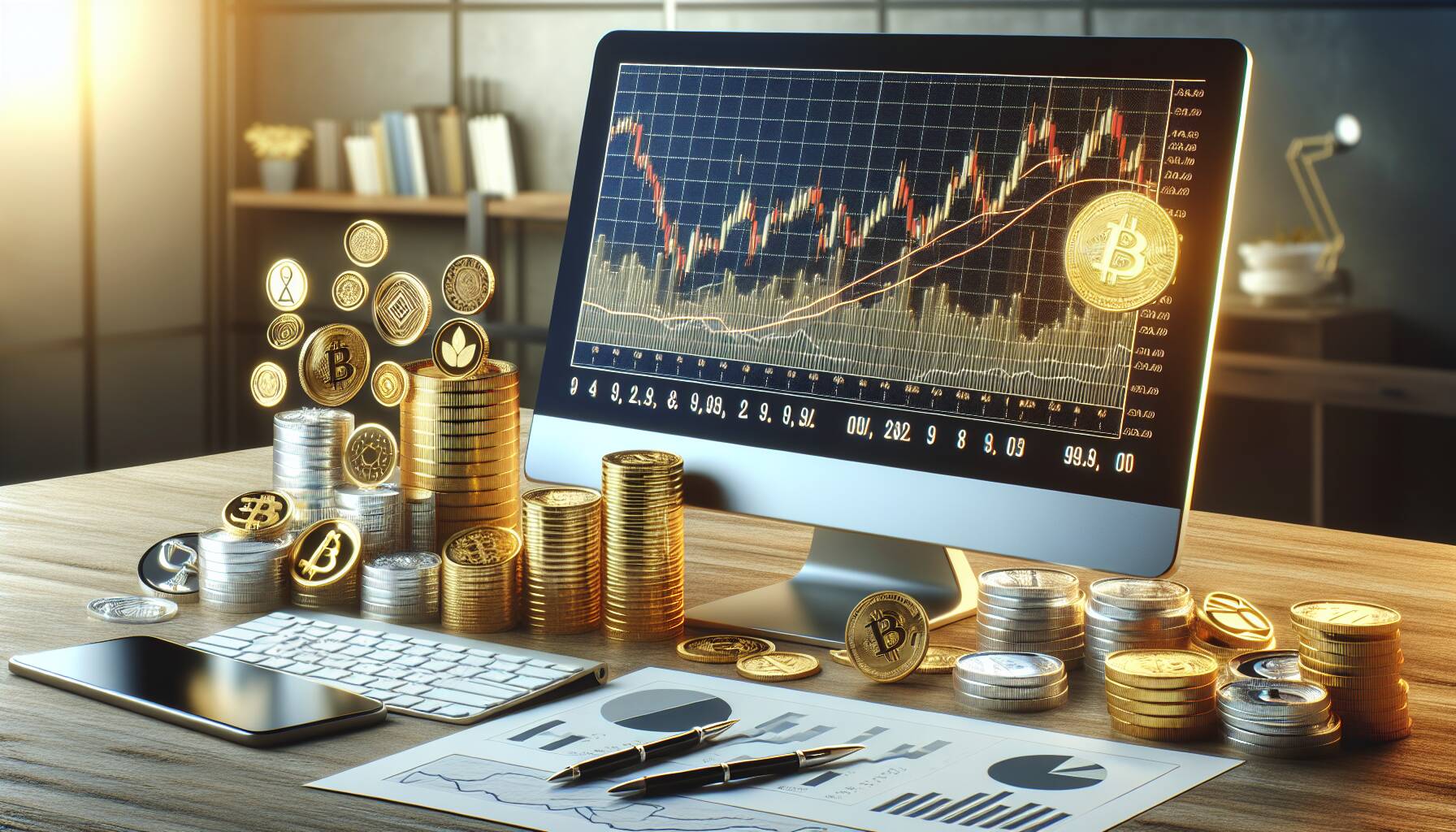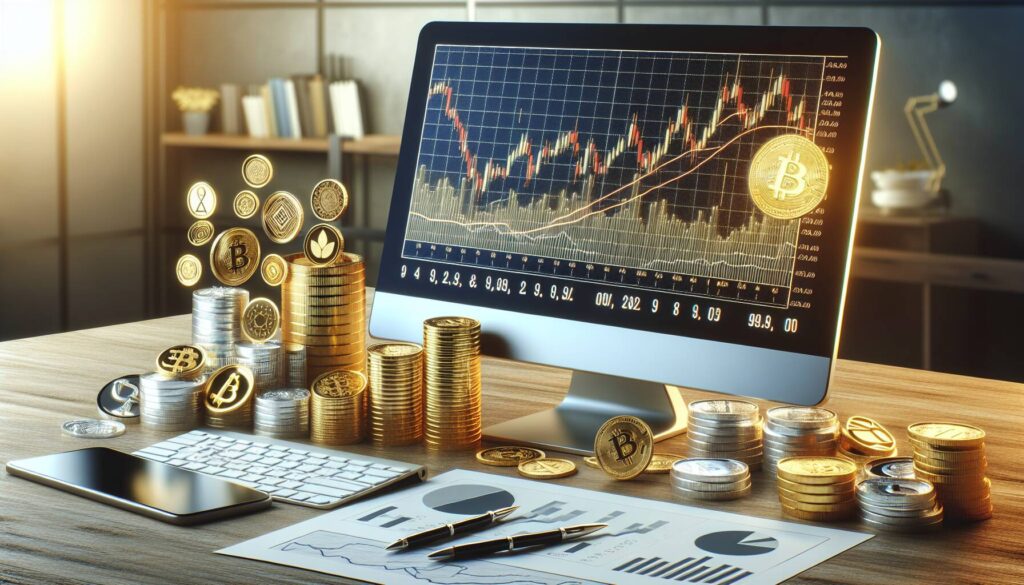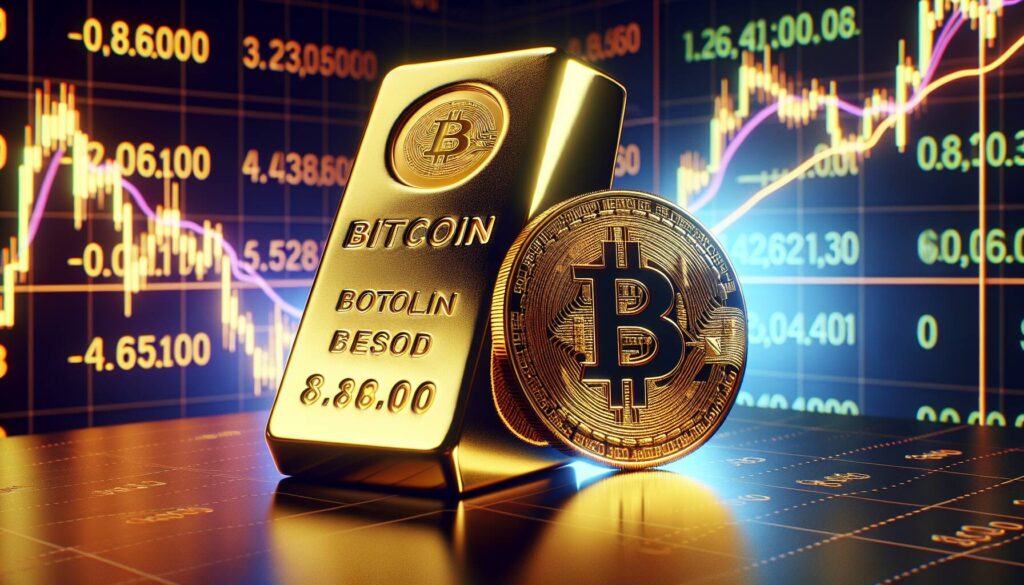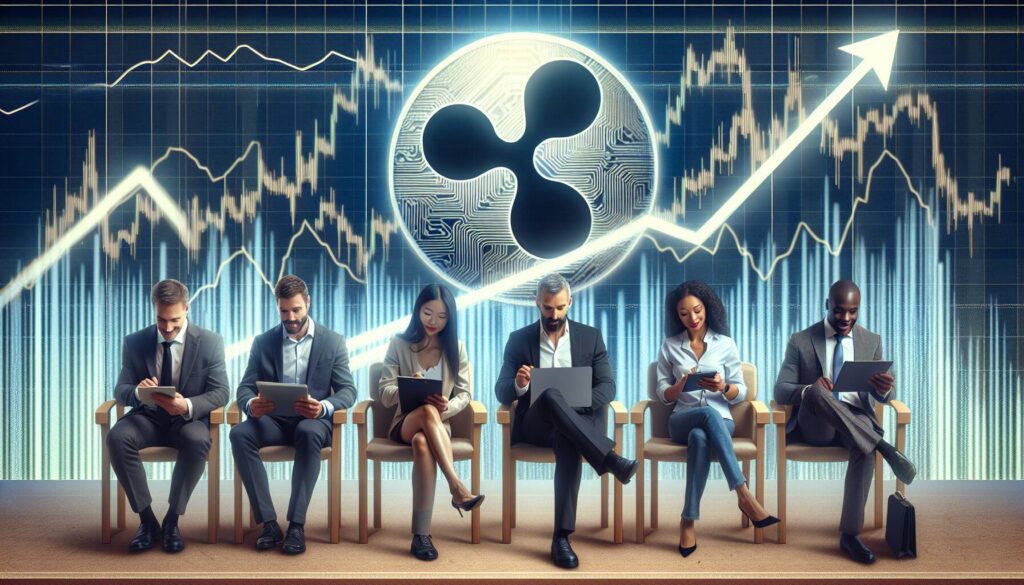This year, gold (XAU) has emerged as a standout performer in the financial markets, significantly outpacing other major assets, including bitcoin (BTC). With a staggering 44% rise, gold has reached a historic price of $3,784 per troy ounce. Not only gold is thriving; precious metals such as silver, platinum, and palladium have also seen impressive gains, further bolstering their status as reliable investments.
Silver has enjoyed a 53% increase, now priced at $44.32 per troy ounce, while platinum has surged by 60% to $1,452. Palladium, although trailing slightly, has still risen by 33%, reaching $1,207. In contrast, bitcoin, often referred to as digital gold, has struggled to keep pace, rising just over 20% to $113,000. This year’s performance underscores a clear trend: precious metals are increasingly regarded as safe havens amidst rising economic uncertainties.
“The ongoing fiscal challenges in advanced economies, alongside concerns regarding the Federal Reserve’s autonomy and geopolitical tensions, have heightened the appeal of gold and its precious counterparts,”
noted analysts. Furthermore, an influx of purchases by global central banks, collectively holding around 36,000 metric tons of gold, has acted as a powerful catalyst for these assets. Following the economic turmoil spurred by the COVID-19 pandemic and the geopolitical instability surrounding Russia’s invasion of Ukraine, central banks have diversified their reserves aggressively, acquiring over 1,000 metric tons of gold annually for the past three years—a significant increase compared to the previous decade.
In stark contrast, bitcoin’s absence from central bank balance sheets constrains its role as a reserve asset. Additionally, the cryptocurrency market has faced hurdles, including continued sell-offs from older wallets, which have limited its price gains despite interest from exchange-traded funds (ETFs). As the landscape evolves, it remains essential to monitor how these dynamics will unfold in both the gold and cryptocurrency sectors.

Gold and Precious Metals Performance in 2023
Key points regarding the performance of gold and other precious metals compared to bitcoin this year include:
- Gold’s Remarkable Surge: Gold prices have surged by 44%, reaching a record $3,784.
- Silver’s Performance: Silver has outperformed gold with a gain of 53%, now priced at $44.32 per troy ounce.
- Platinum and Palladium Gains:
- Platinum has increased by 60%, reaching $1,452.
- Palladium has risen by 33%, priced at $1,207.
- Bitcoin’s Underperformance: In contrast, bitcoin has only gained 20%, currently valued at $113,000.
- Precious Metals as Safe Havens: Gold and other precious metals are favored as safe havens amid a challenging fiscal environment and inflation pressures.
- Central Bank Demand: Central banks are diversifying their reserves into gold, holding about 36,000 metric tons, significantly increasing their purchases post-coronavirus and post-Russia’s invasion of Ukraine.
- Increasing Inflation: Events influencing inflation have propelled global demand for precious metals over the past three years.
- Bitcoin’s Limitations: Bitcoin lacks central bank adoption as a reserve asset, limiting its overall market value and stability.
The market dynamics of precious metals versus cryptocurrencies may influence investment strategies and financial planning for individuals seeking asset stability in uncertain economic times.
Gold and Precious Metals Outshine Bitcoin in 2023
This year has marked a significant resurgence for precious metals, particularly gold, which has surged impressively by 44%, outperforming Bitcoin’s modest gains. The performance of silver, platinum, and palladium has also turned heads, with silver climbing 53%, platinum soaring 60%, and palladium increasing by 33%. This trend highlights a clear preference among investors for tangible assets, signaling a departure from the previously dominant narrative that positioned Bitcoin as a secure alternative to traditional stores of value.
Competitive Advantages: The appeal of gold and its precious counterparts as safe havens has been amplified amid rising economic uncertainties and inflationary pressures driven by geopolitical tensions and central bank strategies. With global central banks accumulating significant amounts of gold—over 1,000 metric tons added annually—the demand remains robust, reinforcing gold’s status as a trusted asset during turbulent times. The recent buying spree reflects a strategic shift toward stability, making precious metals particularly attractive for conservative investors.
Disadvantages to Consider: Despite their upward trajectory, precious metals aren’t without their challenges. While they present a hedge against inflation, the returns they generate can be less volatile compared to cryptocurrencies, which may appeal to those pursuing aggressive growth. Additionally, as central banks continue to snub Bitcoin, its role in the financial ecosystem is questioned, presenting a relative disadvantage against metals that are now being incorporated into official reserve strategies.
These dynamics could benefit traditional investors looking for less risky avenues, such as retirees or those nearing retirement who tend to prioritize wealth preservation over high-risk investments. Conversely, younger, tech-savvy investors drawn to crypto may find the underperformance of Bitcoin problematic, prompting them to reconsider their strategies as they seek long-term growth amid evolving market conditions.
As the shift continues to unfold in favor of precious metals, it remains crucial for investors to evaluate their asset allocations and consider the implications of central bank behaviors further influencing market dynamics.

















